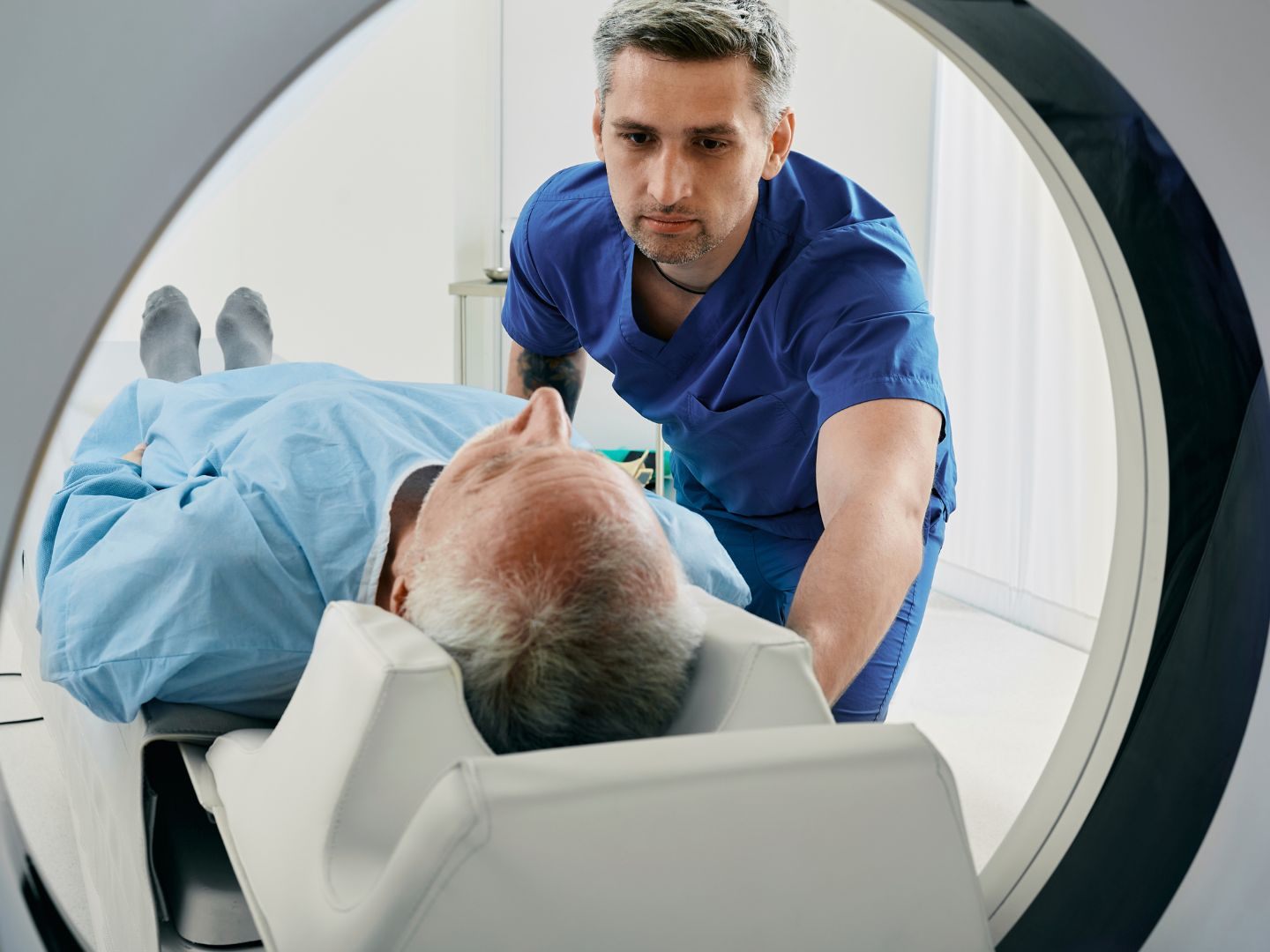Radiology at the Push of a Button: Appointments for CT and MR Will Soon Be Automatically Assigned

The Austrian Health Insurance Fund (ÖGK) needs to save money. In addition to measures in the administrative area, an electronic referral system for CT and MR examinations, among others, is to be introduced, said Deputy Chairman Andreas Huss at the annual press conference of the health platform Praevenire. He hopes that this will be rolled out this year. The health spokespersons of the governing parties advocated for patient management and a reform of health financing.
ÖGK working on electronic referral system for CT and MR
Through the new referral system, ÖGK doctors would provide an electronic medical inquiry as well as the suspected diagnosis and preliminary examinations of the patient. Then it is assessed which examination is appropriate for this inquiry. "Ideally, the patient will then already receive a referral or an appointment will be booked at the next radiology institute that is close to their place of residence," explained Huss at the meeting on Wednesday.
The urgency should also be taken into account, for example, patients with suspected cancer will be prioritized. A mere reintroduction of the chief physician's approval requirement for CT and MR examinations - this possibility was reported by the "Salzburger Nachrichten" on Wednesday - will not happen. Huss also does not consider such an approval requirement to be sensible for physiotherapy. The ÖGK expects a deficit of more than 900 million euros by 2025.
900 million euro deficit as a reform driver
Savings in the system can be achieved through digitalization and debureaucratization, said NEOS health spokesperson Fiona Fiedler. A good four billion euros could be accumulated in five years this way. SPÖ health spokesperson Rudolf Silvan advocated for a risk equalization among social insurance carriers, as workers and employees insured with the ÖGK tend to fall ill more often and suffer work accidents. He also reminded that the health insurance contributions of pensioners are being increased. For the former ÖVP health spokesperson Josef Smolle, the financial challenges have something positive: "They are a decisive motivator and catalyst to really get sustainable reforms on track now."
The main topic of discussion at the press conference was the future of the Austrian healthcare system in general. It is outstanding, said Praevenire President Hans Jörg Schelling, former head of the Social Insurance Main Association and ÖVP Finance Minister, at the beginning. However, it is also "highly inefficient" and has a financing problem. The goal of his organization is to bring all stakeholders to the table. There was great consensus between the platform, the health spokespersons of the governing parties, and the ÖGK on the approaches needed in the healthcare system in the future - namely patient guidance, digitalization, prevention, and financing from a single source or hand.
Patient Guidance via Hotline and Telemedicine
If in Austria not "every amateur athlete with a twinge in the knee" would seek an MRI examination, appointments would become available more quickly, Smolle suggested. Patient guidance will in the future be managed via the hotline 1450, which will be uniformly expanded nationwide. ÖGK Chairman Peter McDonald wants to create more health literacy through "Dr. ÖGK instead of Dr. Google" - people should be able to access information easily to know when a doctor's visit is necessary. As he explained in a video message, he also wants to enable a telemedicine service where one can have a doctor on the phone within 30 minutes to discuss a problem. The telemedicine practice, which can be accessed via 1450, should then guide patients through the healthcare system, said Huss.
Focus on Health Literacy and Schools
Findings should be better exchanged through ELGA, said Silvan, and patients should no longer have to carry around X-ray images. Fiedler sees a need for improvement in the school sector - she wants to ensure more health literacy among educators, but also to install multi-professional teams in schools. For example, psychotherapists are needed in schools. Additionally, the government is deploying expert groups to revise the financing of the healthcare system.
(APA/Red)
This article has been automatically translated, read the original article here.





